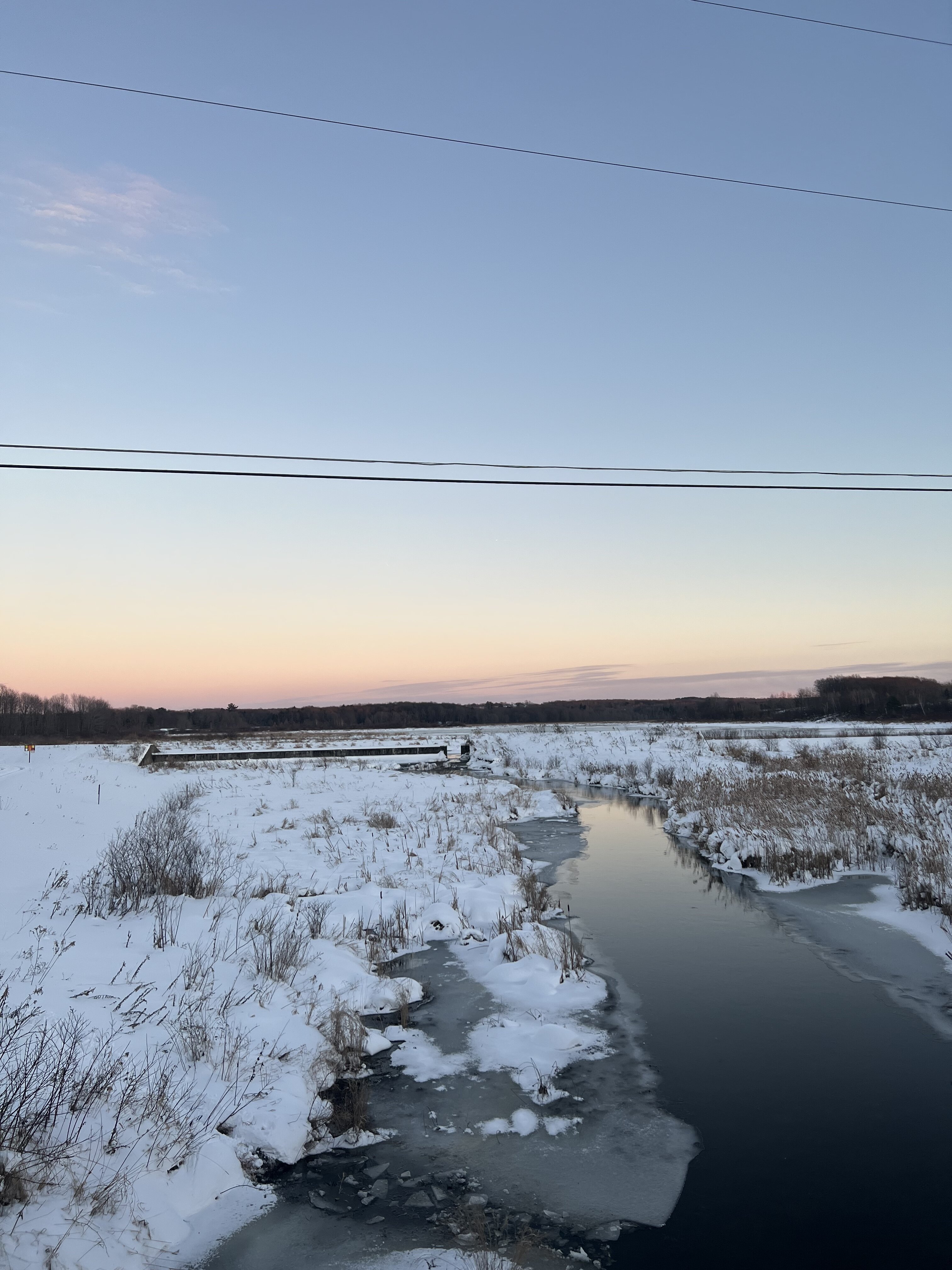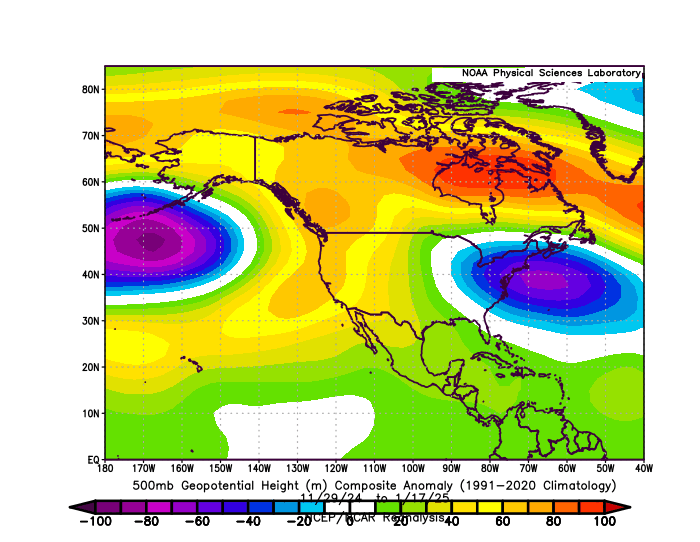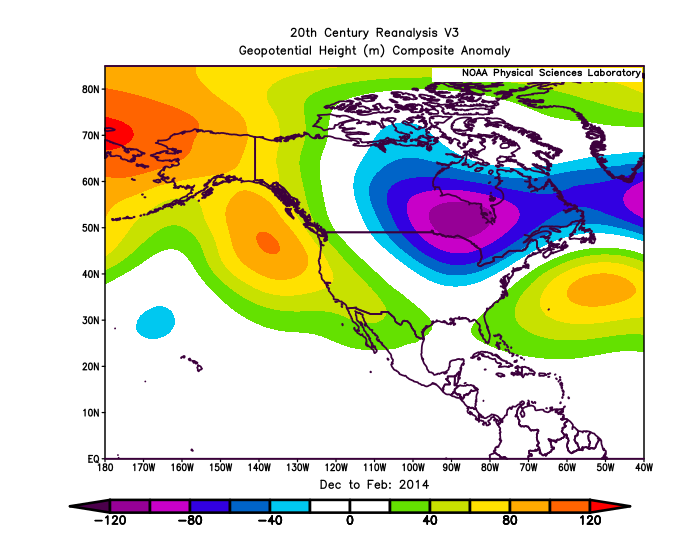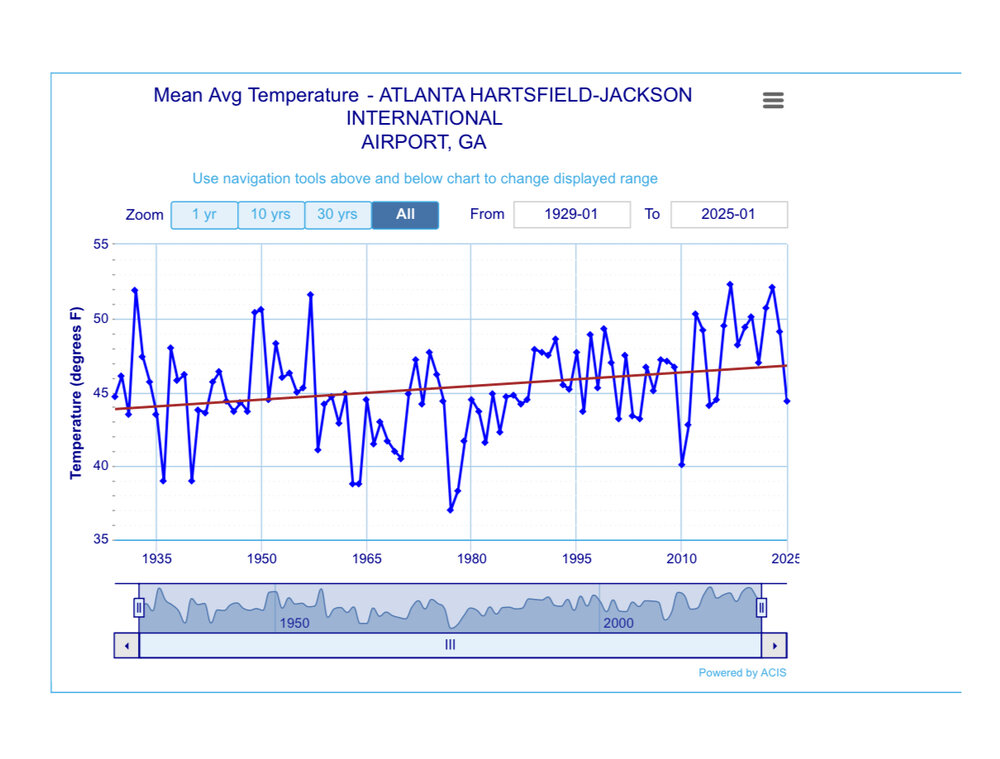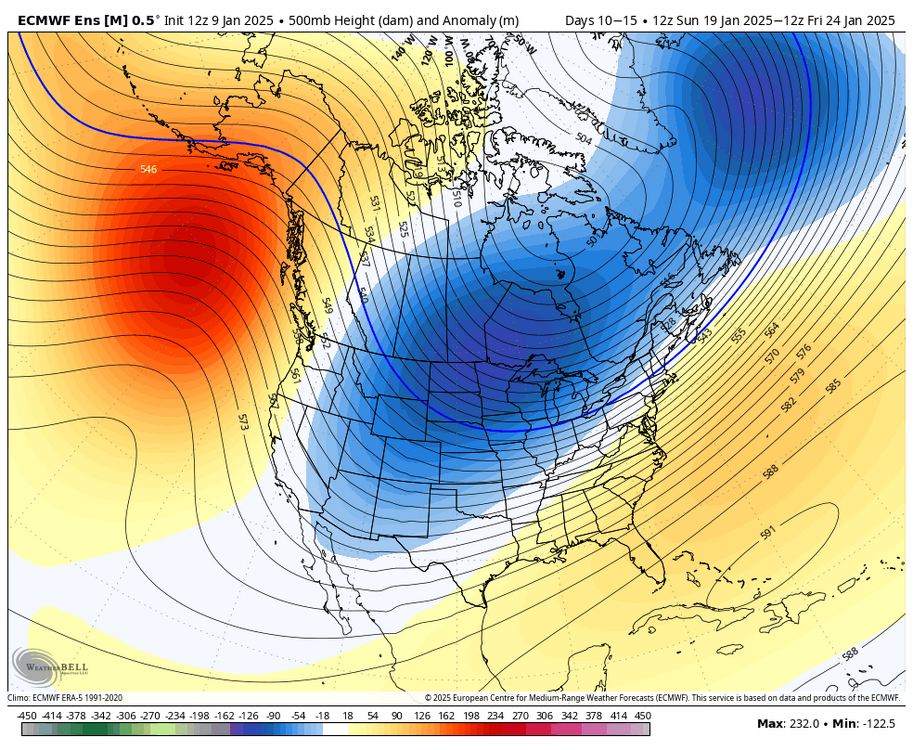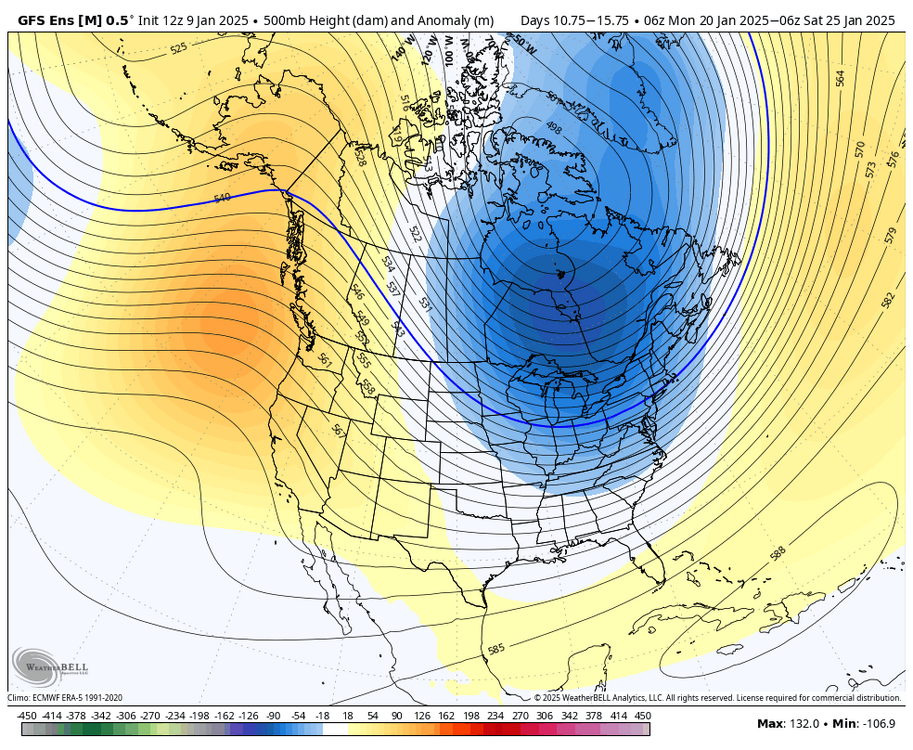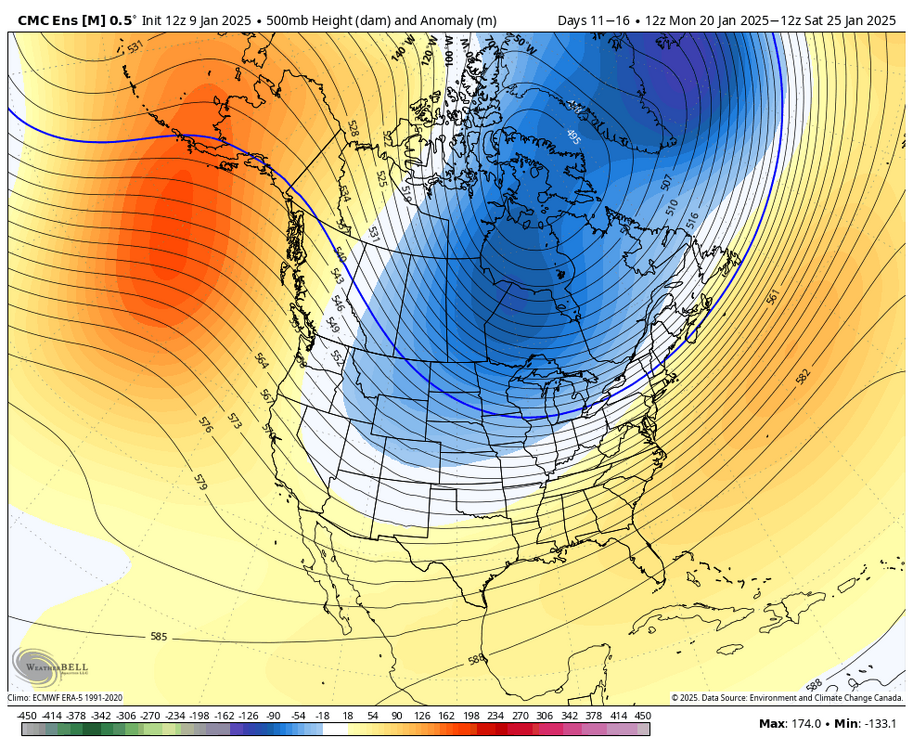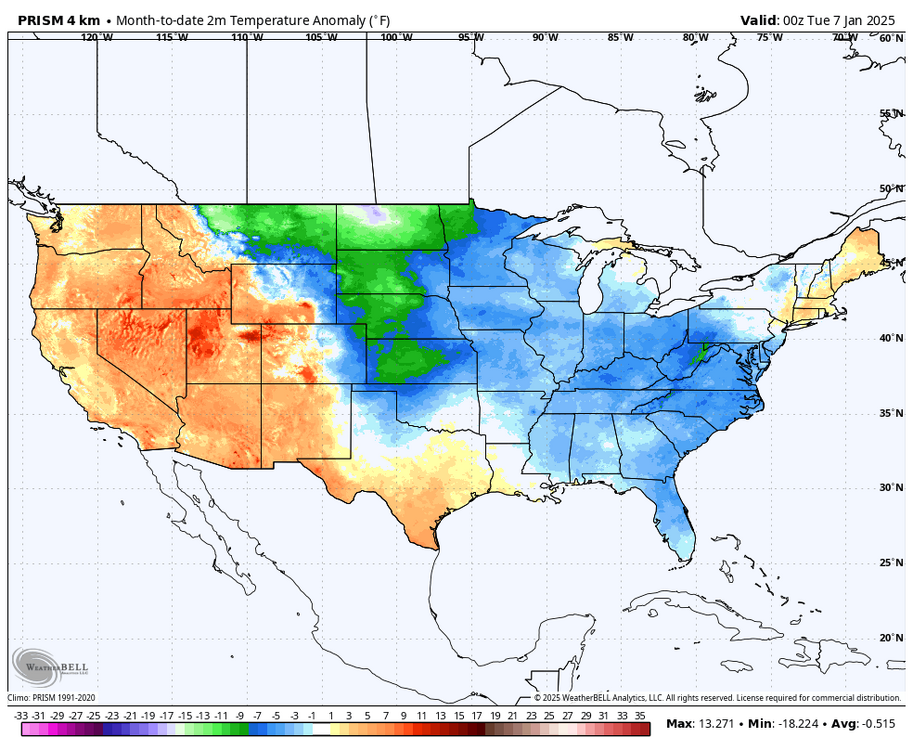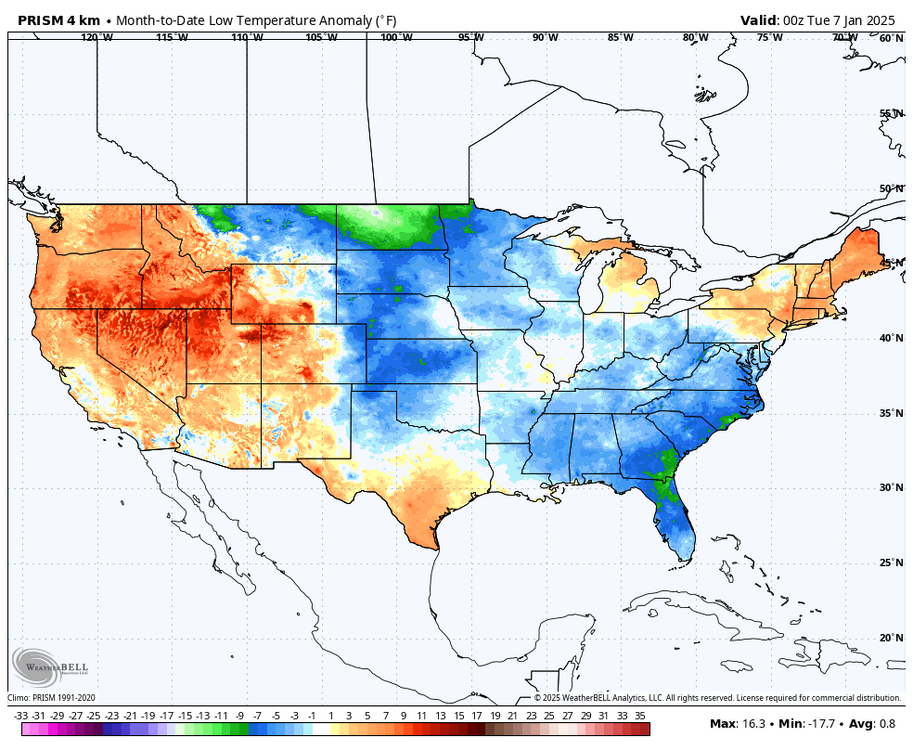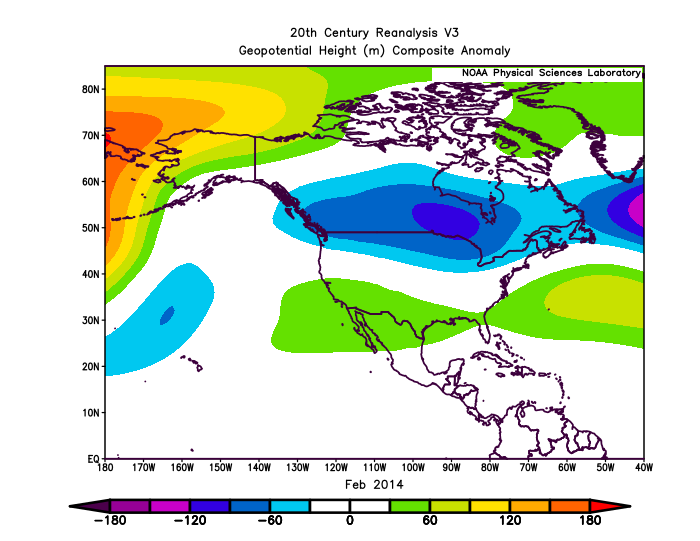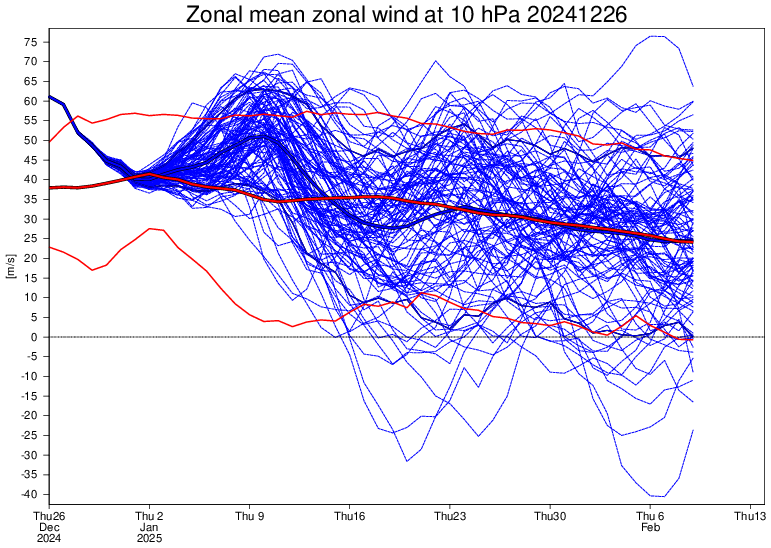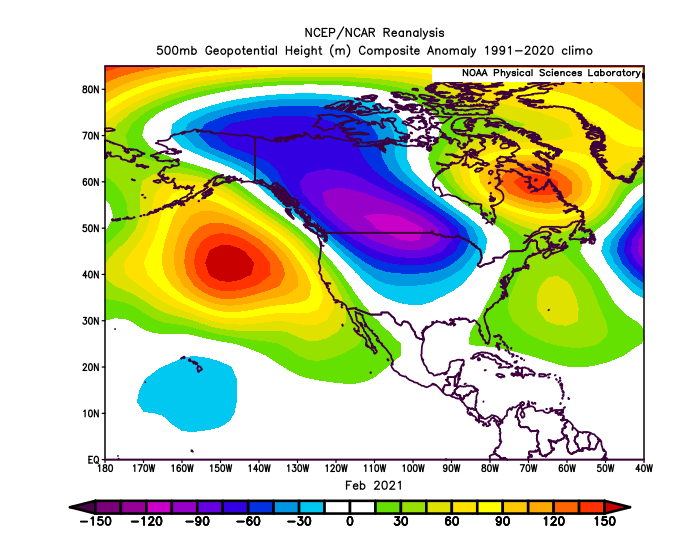-
Posts
936 -
Joined
-
Last visited
Content Type
Profiles
Blogs
Forums
American Weather
Media Demo
Store
Gallery
Everything posted by LakePaste25
-
There should be continued snow chances in the Northeast as long as every vort that drops in from the Pacific is not getting buried in the southwest. Whether they cut, go inland or go coastal depends on individual tracks and wave spacing.
-
Probably not until mid Feb when we see a more sustained SE ridge torch pattern. Prior, I would go with up/down thermals.
-
I wonder if they see something that other’s don’t. This year made sense because we almost always swing to Nina after a strong Nino. But next year seems less certain until we cross the spring predictability barrier.
-
While I happen to be doing fine with lake effect, 135” on the season (well above normal), and snow cover since thanksgiving weekend, others in this region that do not receive much lake effect snow have felt that they have been stuck in the freezer with few synoptic snow opportunities other than dry clippers that bring some light accumulations. A warmer and wetter pattern, even if it runs the risk of rain, seems to be what is wanted. Also, Lake Erie is freezing over, so I would not mind an active pattern myself.
-
One of the reasons I’d argue why this winter is less snowier outside of the lake effect and upslope mountain regions is the H5 pattern. Compared to 13-14, the mean long wave trough axis is further east.
-
While certainly it’s on the table, a ridge south of the aleutians (mild pattern in the northeast) is not set in stone or guaranteed at this point.
-
I also feel the same way. Also, aren’t canonical Nina’s usually dry for Cali? People had snow up to their roof out there in 22-23. I view a canonical Nina as a GOA (not Aleutian) ridge. This is why I would rarely forecast a deep -PNA/SE ridge all winter long just because it’s a Nina. Also, I should mention that 22-23 would have had a cold January in the east, if not for a strong/super Nino-like pacific jet extension lasting until week 2 that extended all the way to the west coast and required several variables to line up for that to occur, and nobody could have reasonably predicted that to occur on a seasonal or subseasonal scale.
-
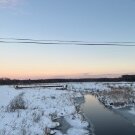
Occasional Thoughts on Climate Change
LakePaste25 replied to donsutherland1's topic in Climate Change
A prominent climate change denial account is using the historic winter storm in GA to downplay the effects or impact of climate change. Winters at ATL have been rapidly warming: -
Sure it will get cold, but storms can cut with a -EPO if there’s no +PNA. Remember that historic blizzard in Buffalo in December 2022? That started with a huge cutter and -EPO. For the coast, it was a cutter followed by cold and dry.
-
I still recorded 10”+ of snow here in february 2018, but the latter part of the month was a torch here. I had 2 days over 70, which is over a +30 departure.
-
Ensembles are split post-MLK day. The GEFS continues with a full eastern trough, while the EPS and GEPS have more of an overrunning setup that favors the interior, potentially with snow/sleet/ice profiles.
-
I think going forward, the main question is what type of SE ridge pattern we see in Feb. Do we see an amplified SE ridge torch like we saw in Feb 2018, or do we see a more muted, -EPO driven SE ridge with a gradient pattern such as Feb 2022? I am obviously rooting for the latter as it is better for snow chances here.
-
Although persistent, the cold pattern that began the New Year has not been that impressive for the northeast. The cold temperature anomalies have been more impressive further west in the plains and in the deep south. Persistent cloudy conditions north of the turnpike has kept a lid on temperature departures, even resulting in the min temps being above normal.
-
If we can maintain some Baja ridging, we can hope for a more February 2014 look, as opposed to recent february’s.
-
That 12z euro run spelled trouble for good snow storm chances as it buries vort after vort in the southwest. It is probably the more extreme scenario, however.
-
Yep, this is progressing as expected. Hopefully the -PNA doesn’t dig to Baja and we get some blocking.
-
They might just be referring to a sudden weakening of the PV. For an official SSW, these winds need to drop below 0 m/s which only has a few ensemble members doing so near the end of January into February.
-
It is indeed too early for this to start showing up on the medium range ensembles. The MJO progression and La Niña strengthening all allude to the traditional Nina February climo taking hold between after mid-month and early February. But as discussed yesterday, it’s not a sole predictor. Wildcards are there, such as the SPV. For now, I would simply lean towards this progression.
-
-
Not in Buffalo but i live near Erie. We don’t really have “pure” wall to wall winters. 13-14/14-15 had some brief warmups in the 40s. I think 76-77 came close but even had a day or two of 50+ in December. We are quite prone to rapid warmups here west of the mtns. But, during our good, below normal temp winters will usually have snow on the ground all winter if not most of it, and the brief warmup periods will glaciate the snowpack before we cool down again and add more. For true wall to wall pure winters that don’t get above the 40s, you’d probably want to be somewhere like Caribou, International Falls, or Fairbanks. But even Caribou has been getting these brief warmups lately and even had a green Christmas last year.
-
Same theme as January 2011. The GOA ridge plus the blocking is good enough to do the job. It is when the pacific blocking is back towards the Aleutians, the atlantic and AO blocking might not save the pattern (bootleg SE ridge).
-
I believe late January 2021 had an SSW, which lead to less of a traditional Nina signal and likely saved Feb.
-
Yep, that february ‘11 outcome is not just a possibility, but probably leans more likely than not barring any serious SPV warming. But most won’t care if they can score a big storm or two in January to hit average. Just like how a winter with a decent amount of cold, but with low snow might get rated poorly.
-
You can still get an Aleutian ridge with a -WPO. That’s exactly what the weeklies show starting right after MLK weekend.
-
The change is still well over 300 hours away. It is too far out to really discern what the trough axis will be and where the frozen precip. will be most favored.

